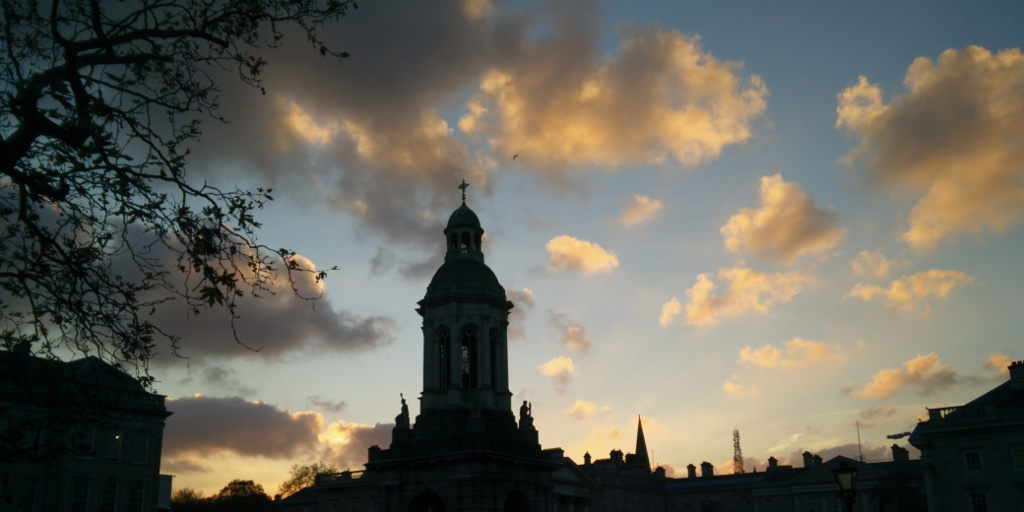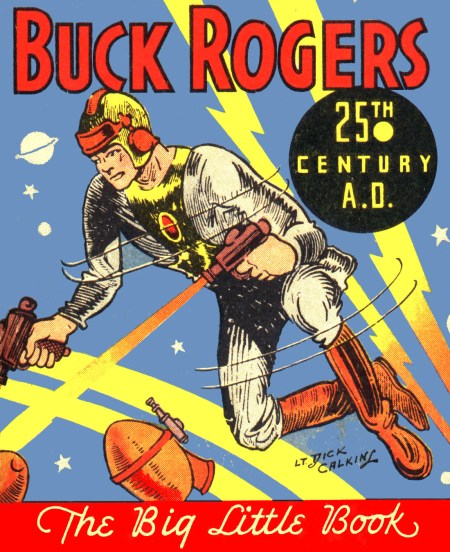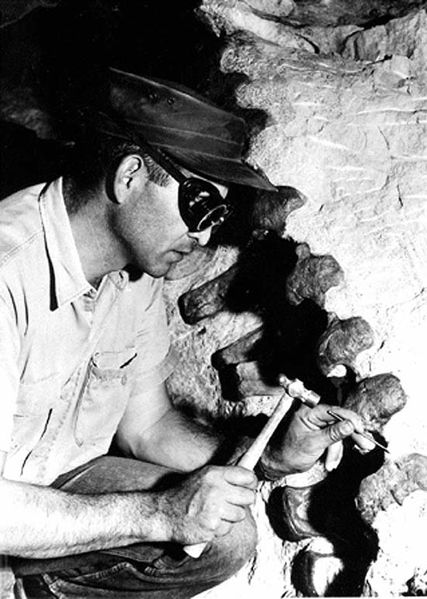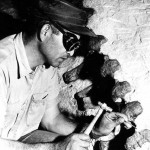Every year, the Trinity College Dublin Zoology, Botany, and Environmental Science moderatorship students (final year undergraduates) complete their own research projects related to their course. It has been my absolute privilege to spend time with these talented students and to watch their projects take shape. I am blown away by the dedication they show, the incredible topics they cover, and the way in which they approach their investigations. After their theses are submitted, the students hold a poster session where they present their work. From beetles to beer and back again, this year’s students have done impressive and solid work. I hope all our readers enjoy learning about these projects as much as I did! If you’d like to contact any of these students to congratulate them, offer them prizes/jobs, or learn more about their projects, most of them have included contact information. Without further ado, I’ll let them take it away!
-Maureen Williams, PhD Student, Zoology
Men are from Earth and women are from Earth
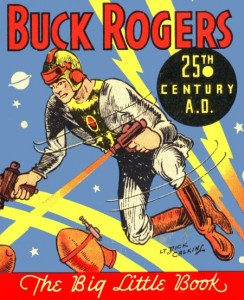
We love to explore and our adventures into outer space represent the acme of our derring-do. But when we leave our cozy planet we put an awful lot of stress on our minds and bodies. The billions of years of evolutionary pressures exerted on our ancestors all took place within the confines of Earth so a sudden dose of zero gravity is completely alien to us.
Some of the effects of space travel will give even those among you with the right stuff cause for pause.
There are the obvious perils like the terrifying oxygen-less vacuum of space but other, less obvious, afflictions abound.
Okay, so our skeletal system allows us to saunter around this planet quite comfortably. The whole point of the system is to provide some structure and locomotory ability against the force of gravity. But remove the pull and the bones start to wither away. There’s no longer any strain for the bones to resist. It happens at quite an alarming rate too. An average (?) astronaut can expect to lose 1% of his bone mass per month due to spaceflight osteopenia.
Still there’s no shortage of people who’d jump at the chance to be a star voyager for a few months.
But with longer flights, like a mission to Mars, there are even more insidious problems to consider. Back in 2010, six astronauts were selected to simulate such a mission (I was rejected for being too tall). They were locked in a room modeled on a spacecraft and given tasks that would be typical of such a journey. The whole ‘trip’ took 520 days and was an effort to better understand what happens to a person during a period of prolonged isolation.
While not quite space madness the six developed a range of symptoms. Chief among them were hypokinesis and disturbed sleep-wake cycles. The authors of the study describing the effects believe that the cause of these problems was a disruption to the circadian rhythms of the people involved. On Earth, we have our 24 hour day with its predictable light and dark cycle. But in space there is no such thing. Subtle changes in light can throw off your internal clock. This would be quite problematic. If one person has changed to a 25 hour day this can destroy the working ability of the team because he’ll find himself sleeping when everyone else is up.
It’s quite frustrating that we don’t have a biological blank slate that can adapt to all conditions. When we blast off from Earth, one thing we don’t leave behind is our evolutionary past.
Author
Adam Kane: kaned[at]tcd.ie
Photo credit
wikimedia commons
Dinosaur detective stories
“Being a paleontologist is like being a coroner except all the witnesses are dead and all the evidence has been left out in the rain for 65 million years” Mike Brett-Surman, 1994
I am very much for palaeontology and the enthusiasm for the science today but there was a time when even the mighty dinosaurs were out of fashion. During the 40s and 50s they were thought of as animals who had been destined for extinction, little more than children’s monsters.
Perish the thought. That changed in both academic and public circles when palaeontologist John Ostrom and his student Bob Bakker came on the scene during the 60s and 70s. The trigger of this ‘dinosaur renaissance’ was Ostrom’s description of Deinonychus which he deemed a fleet footed, endothermic, bird-like animal. This was a world apart from the view of dinosaurs as cold-blooded, tail dragging, sluggards. In Bakker’s book, the Dinosaur Heresies, he presented a persuasive body of evidence to support the idea that dinosaurs were endothermic. Bakker is a great artist too and it really helped to get his point across. You can see his influence in the similarity of the Velociraptors of Jurassic Park infamy to his artwork. This was all very exciting. Now we had animals seemingly on a physiological par with mammals and birds. What I find so impressive is that we can still make inferences about the physiology of long extinct animals so long as we marshal enough evidence.
But the case for endothermy wasn’t so clear cut. The bones of reptiles and amphibians, which are demonstrable ectotherms, show seasonal bone growth and we can see similar patterns in the fossils of dinosaurs. An impasse presented itself.
Until now anyway. The issue, it seems, is that we weren’t looking in the right place. A recent paper in Nature shows why. The authors of the study looked at the histology of modern ruminant mammals revealing that they also display seasonal bone growth and that this can be extended to all endotherms with a constant body temperature. So seasonal bone growth can no longer used as an argument for cold blooded dinosaurs. I think it’s interesting that all it took was for someone to look at modern mammals.
Author
Adam Kane: kanead[at]tcd.ie
Photo credit
wikimedia commons

